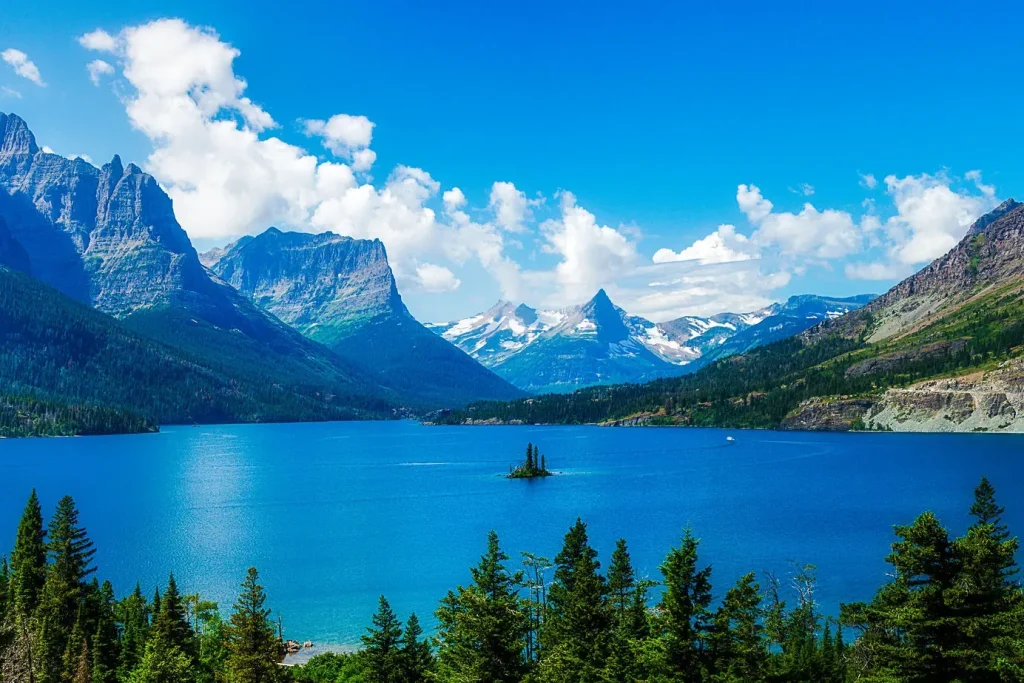best time to visit destinations is not a fixed date on the calendar, but a harmony of climate, crowds, and value tailored to your travel goals. This seasonal travel guide helps you compare weather by season, crowds, and costs to map the best time to travel for your preferred experiences. By focusing on destinations by season, you can uncover shoulder season travel windows that balance sunshine, sightseeing, and savings. Understanding how weather by season shifts in different regions helps you align activities with favorable conditions. Whether you chase beaches, festivals, or quiet streets, the right window lowers crowds and costs while boosting memorable moments.
Think of timing your trip as aligning with prime travel windows rather than a single date. You can describe it in terms of ideal seasons, climate windows, or crowd-aware planning—LSI-friendly phrases that expand your options. Discussions about peak versus off-peak periods, shoulder months, and value-driven itineraries reveal how destinations by season shape experiences, costs, and availability. By reframing the question with synonyms such as optimal travel timing, seasonal windows, and climate-ready itineraries, you will map smarter trips that still hit great weather and fewer crowds.
Best Time to Visit Destinations: A Seasonal Travel Guide
Understanding the best time to visit destinations starts with treating travel as a seasonal travel guide rather than locking in a single date. By aligning weather, crowds, and costs with your goals, you can maximize outdoor experiences, accessibility to attractions, and overall value for your trip. This approach helps you target windows across different seasons—spring blooms, autumn shoulder months, or the dry season for beaches—so you experience ideal conditions without the typical peak-season rush.
In practice, regional patterns matter: the Mediterranean often shines in spring and fall with comfortable temperatures and thinner crowds, while tropical destinations favor the dry season for reliable sunshine and clearer underwater visibility. Use a simple climate checklist, plus event calendars and price trends, to identify your optimal window within the seasonal travel guide framework. Embracing shoulder season travel can further boost value while preserving favorable weather.
Weather by Season and Destinations by Season: Plan with Confidence
Weather by season shapes not only daily comfort but also the range of activities you can enjoy. By studying destinations by season, you can forecast when hiking trails are clear, wildlife is visible, or beaches offer calmer seas. Planning with weather by season in mind helps you pair your preferred climate with crowd levels and costs, turning a general trip idea into a tailored, experience-rich itinerary.
Shoulder season travel often delivers the sweet spot between great weather and lower crowds. Use this period to sync your trip with festivals, markets, and cultural events while keeping accommodation and travel costs in check. Build a flexible plan that respects climate normals and regional patterns, so you graduate from a vague notion of the best time to travel to a data-informed strategy for destinations by season.
Frequently Asked Questions
What is the best time to visit destinations for ideal weather, lighter crowds, and better value?
There isn’t a universal single best time to visit destinations—your ideal window depends on climate, crowds, and costs. Shoulder season travel often offers pleasant weather, fewer crowds, and lower prices, making it a strong option for many destinations. Use a seasonal travel guide to align weather by season with your preferred activities, and compare destinations by season to identify windows that balance climate, crowds, and value.
How can I use a seasonal travel guide to choose the best time to travel to a destination?
Begin with your climate preferences and activities. A seasonal travel guide helps you read weather by season and understand regional patterns, so you can target the best time to travel. Look for shoulder season travel windows that balance comfortable conditions with lower costs, and compare crowds and prices across destinations by season to build a flexible itinerary around your ideal weather window.
| Area | Key Takeaway |
|---|---|
| What Seasonal Travel Means | Align weather, crowds, and costs with personal travel goals to maximize experience rather than just choosing a date. |
| Best Time to Visit Destinations | Depends on priorities (sun, cool temps, crowds, prices, events); no universal answer. |
| Season Patterns by Region | Tropics: dry vs wet; Mediterranean: spring/fall shoulder seasons; Subtropical/temperate: spring/autumn; High-latitude: daylight vs winter activities. |
| Shoulder Seasons | Between peak and off-peak; often better weather, fewer crowds, lower prices. |
| Regional Variations | Hemispheres and monsoon cycles shift optimal windows; different regions vary in timing. |
| Personal Best Time: How to Determine | Define climate preference, set priorities, consider crowds and costs, check events, and stay flexible. |
| Practical Planning Steps | Note typical climate by month, identify preferred window, compare prices/crowds, check events, build a flexible itinerary. |
| Destination-Type Snapshots | Beaches: dry season; Cities: shoulder seasons; Wildlife: spring/fall; Mountains: late spring–early autumn; Snow sports have separate windows. |
| Booking & Budgeting Tips | Book early or shoulder-season deals; stay flexible with dates; use climate normals; prioritize experiences; pack for the season. |
| Year-Round Framework | Spring: mild; Summer: long days; Fall: comfortable and fewer crowds; Winter: festive or snowy, with potential price considerations. |

